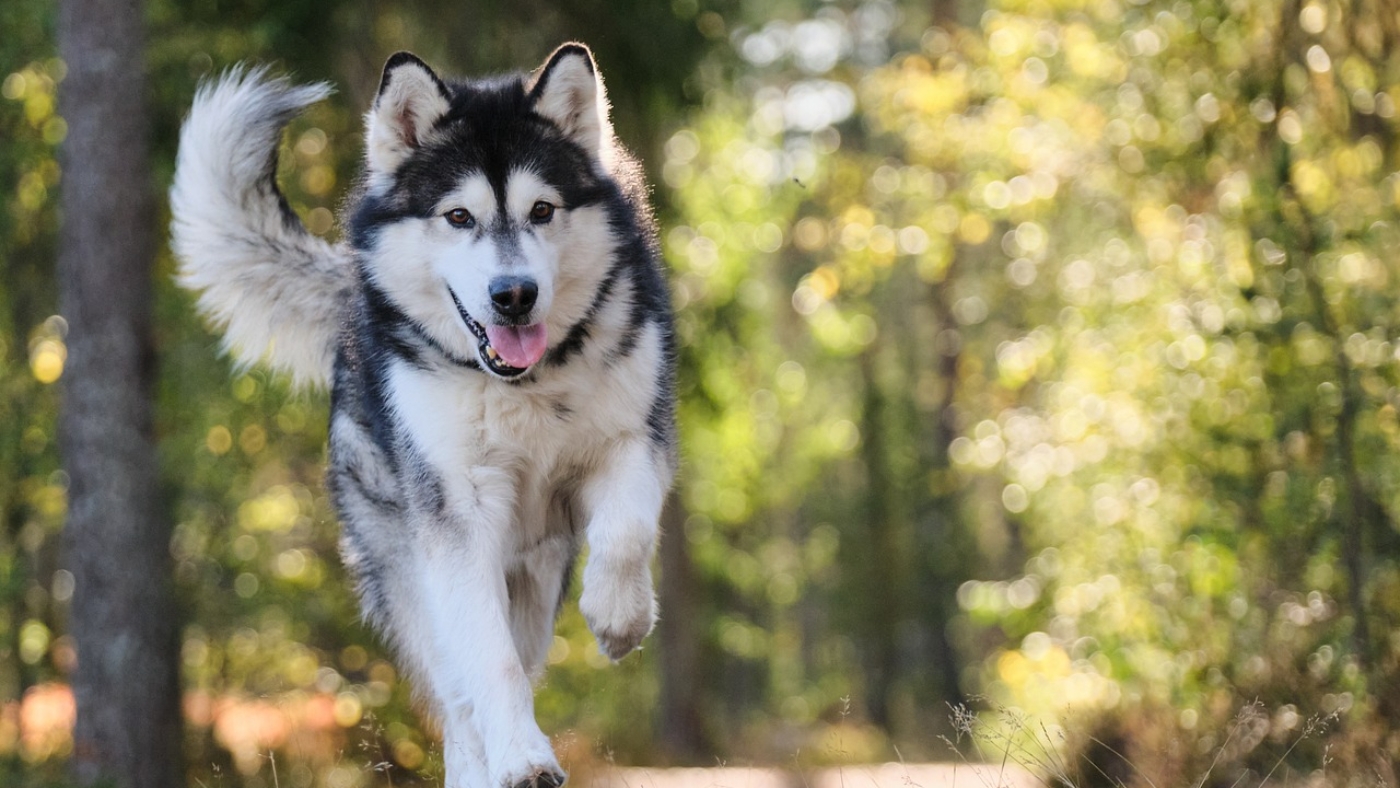Training your dog is one of the most rewarding aspects of pet ownership. A well-trained dog not only behaves appropriately in various situations but also strengthens the bond between you and your furry friend. Whether you’re raising a puppy or working with an older dog, the principles of dog training are largely the same. Here’s a comprehensive guide to help you train your dog with love, patience, and consistency.
1. Start Early: Puppy Training Basics
If you’re lucky enough to have a puppy, you’re in a prime position to start training early. The first few months of a puppy’s life are crucial for shaping its behavior. Early socialization and basic commands can help prevent future behavioral issues. Start with the essentials like:
- Potty training: Establish a routine for bathroom breaks and reward your puppy for going outside. Be patient, as accidents are part of the process.
- Crate training: Introduce your puppy to a crate as a safe space. This will not only help with potty training but also provide your dog with a sense of security when you’re not around.
- Socialization: Expose your puppy to different people, pets, and environments to ensure they become well-adjusted and confident.
2. Positive Reinforcement: The Power of Praise and Treats
One of the most effective methods for training any dog is positive reinforcement. This approach involves rewarding your dog with treats, praise, or play whenever they exhibit the desired behavior. Here’s how to apply it:
- Consistency: Reinforce good behavior every time your dog does something right. If you only reward occasionally, your dog may not understand which actions are desirable.
- Timing: The reward should be given immediately after the correct behavior to create a strong association.
- Use high-value treats: Some dogs are more motivated by certain treats or toys, so find what excites your dog the most.
3. Basic Commands: Building a Foundation
Teaching your dog basic commands is essential for good behavior and safety. The key to mastering these commands is repetition and patience. Here are some commands every dog should know:
- Sit: This is often the first command dogs learn and serves as a foundation for other behaviors. Hold a treat near your dog’s nose, slowly move it up over their head, and when they sit down to follow the treat, say “sit” and reward them.
- Stay: This command helps teach patience and impulse control. Start with your dog in a sitting position, give the “stay” command, and back away a few steps. Gradually increase the distance and duration.
- Come: This is a crucial command, especially for safety reasons. Start in a distraction-free area, call your dog’s name followed by “come,” and reward them when they approach you.
4. Leash Training: Walking on a Leash Without Pulling
Teaching your dog to walk nicely on a leash is one of the most practical skills they can learn. Here are some tips:
- Start slow: Begin in a quiet area with minimal distractions and use a lightweight leash and collar or harness.
- Don’t pull: If your dog pulls, stop walking immediately. Wait until they return to your side, then continue. This teaches your dog that pulling doesn’t get them anywhere.
- Reward loose-leash walking: When your dog walks calmly by your side, reward them with praise or treats to reinforce the behavior.
5. Addressing Behavioral Problems: Understanding the Root Cause
Every dog has its unique challenges, from barking and jumping to chewing and digging. When addressing behavioral problems, it’s important to remember that dogs communicate through their behavior. Understanding the cause can help in finding the solution.
- Barking: If your dog barks excessively, try to determine if they’re bored, anxious, or seeking attention. Providing enough physical and mental stimulation, along with basic obedience training, can reduce excessive barking.
- Separation anxiety: Some dogs may become anxious when left alone. To address this, gradually increase the time you’re away, leaving them with engaging toys, and consider crate training to help them feel secure.
- Chewing: Dogs often chew when they’re teething or bored. Make sure they have plenty of chew toys and offer positive reinforcement when they chew on appropriate items.
6. Consistency and Patience: The Key to Long-Term Success
Training takes time, and consistency is key. Be patient with your dog, and avoid punishment-based training methods, as they can harm the bond you share and lead to fear-based behaviors. Always remember that dogs thrive on routine, and the more consistent you are with commands, rewards, and expectations, the more successful your training will be.
7. Socialization: A Well-Adjusted Dog
Socialization is a lifelong process. Even older dogs can benefit from positive exposure to new experiences. Continue to expose your dog to new people, environments, and other animals in a controlled manner. Proper socialization ensures that your dog feels comfortable and confident in different situations and reduces the chances of aggressive or fearful behaviors.
8. Training Tools and Professional Help
Sometimes, even the most dedicated pet owners need a little extra help. Professional trainers can offer valuable guidance, especially for persistent behavior issues or more advanced training techniques. There are also a variety of training tools, such as clickers, harnesses, and puzzle toys, that can aid in your dog’s development.
Conclusion: Enjoy the Journey
Training your dog is an ongoing process that requires time, dedication, and a positive attitude. The rewards, however, are immense. A well-behaved dog is not only a joy to live with, but the training process also strengthens your relationship with your dog. Remember to celebrate the small victories along the way, and enjoy the journey of learning and growing together.
With patience, consistency, and love, you can train your dog to be a well-mannered, happy companion for years to come.

 Cart is empty
Cart is empty 
Leave A Comment